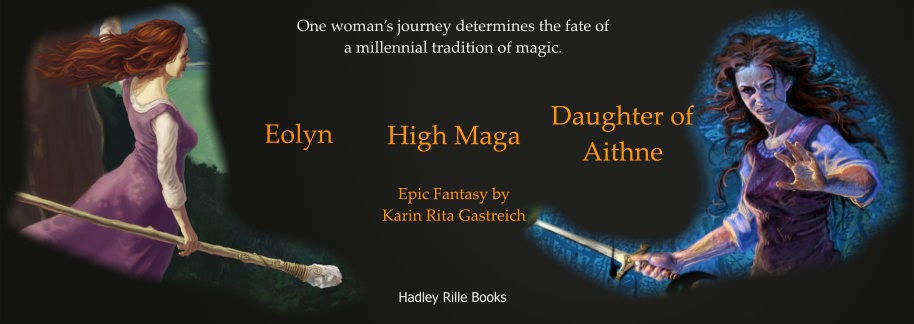 |
| Rosalind Franklin |
Watson's original manuscript was apparently littered with unpleasant caricatures of the people with whom he worked. Much of this was edited out, as the people whom he included, such as Crick and Wilkins, were given the opportunity to review the manuscript and provide their (rather enraged) feedback before the book was released. One person, however, was not granted the opportunity to voice her opinion. This was the scientist Rosalind Franklin, who had died from cancer ten years before.
As a result, Franklin never appears in The Double Helix. What Watson invents to take her place is the fictitious character "Rosy". In the words of Anne Sayre, a colleague and friend of Rosalind Franklin, Rosy was "the perfect, unadulterated stereotype of the unattractive, dowdy, rigid, aggressive, overbearing, steely, 'unfeminine' bluestocking, the female grotesque we have all been taught either to fear or to despise."
 |
| Photo 51, produced by x-ray crystallography. Based on the pattern in the photo, Franklin was able to deduce the basic structure of DNA. This data was stolen by James D. Watson. |
The real Rosalind Franklin was a dedicated scientist who made lasting contributions to the field of molecular biology. Her friends and colleagues remembered her as a well-kempt and attractive young woman. And even if she weren't, does it really matter how any scientist -- man or woman -- dresses? After all, scientist have never been known for keeping themselves at the height of fashion.
So why was Watson obsessed with the way "Rosy" dressed? Why the constant attacks on her hairstyle, her lack of makeup, and the spectacles that hid her face?
When Anne Sayre first read The Double Helix, she was willing to consider the possibility that she and Watson simply had seen the same person from different perspectives.
"That I disagreed with his opinions concerning Rosalind Franklin," she writes in her own book, Rosalind Franklin and DNA, "was proof of nothing except that Watson and I liked different people."
But what didn't sit right at all with Anne Sayre were Rosy's spectacles.
"Rosalind had the eyesight of an eagle," Sayre writes. She never used glasses.
Sayre points out that any departure from known fact in a witness' testimony breaks open for scrutiny all other facts to which that witness has testified. So Sayre, troubled by this and other departures from fact in Watson's testimony, decided to scrutinize all the facts of his account. The result of her work -- and the work of others that have followed -- exposed a rather unpleasant side of science.
Why was Watson so aggressive in his attack on Rosalind Franklin?
Well, one possibility is that this excuses him -- liberates his conscience from the fact that his greatest claim to fame, the "discovery" of the structure of DNA, was in fact not his discovery at all but hers.
Rosalind Franklin had deduced the structure of DNA through her work at King's College with x-ray crystallography. Without her knowledge -- data that was stolen from her lab -- Watson and Crick could not have completed the model for which they eventually won the Nobel Prize.
 |
| Most biology textbooks now acknowledge Franklin's contributions to the discovery of DNA, but this image is still referredto as "the Watson and Crick Model" |
Watson seems to blissfully determined to forget that data is the foundation of science. If we throw out the facts, we have nothing left.
As we all know, in the end, Rosalind Franklin was right. Even Watson needed data; he needed it so badly, he stole it from Franklin's lab.
Rosalind Franklin never knew it was her work that earned Watson, Crick, and Wilkins the Noble Prize. They did not publicly acknowledge they had access to her data until years after her death.
Franklin eventually moved on from King's College, continuing her work with molecular biology to illuminate the structure of the virus, which she considered her greatest contribution to science. In 1958, her life -- which in so many ways had only just begun -- was taken by cancer at the age of 37.
One of the great ironies of this whole story is that if it hadn't been for The Double Helix, Rosalind Franklin's name might well have faded from history. By trying so hard to discredit this remarkable woman scientist, Watson set in motion a chain of events that would result in the recognition of just how important her work was in facilitating one of the greatest discoveries of the 20th century.
Not that this justifies in any way Watson's invention of Rosy and her spectacles. Rosalind Franklin certainly deserved more respect than what she received from him -- and many others along the way. But at least we now live in a world where we are able to look at cases like this and say, in the words of one of my students, "That is just wrong."
 |
| Rosalind Franklin died without knowing the full extent of her contribution to one of the greatest discoveries of the 20th century. |
